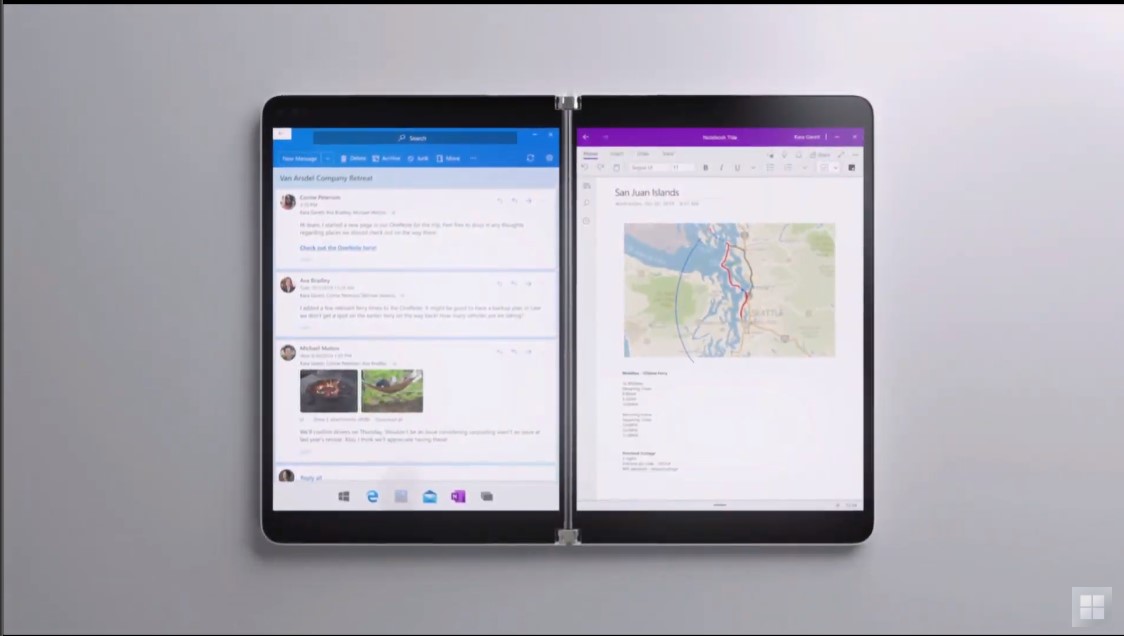Microsoft may have a clever way to keep Surface Neo – and other laptops – from overheating

Microsoft has a bright idea for a way to use the hinge which joins the two sections of its laptops or dual-screen devices to provide more effective cooling for the notebook.
The company is exploring the idea of running a vapor chamber – which is commonly used for cooling in laptops – across both sections of a notebook, as indicated by a patent which was spotted at Free Patents Online (by Windows Latest).
- This is the cheapest Windows laptop you shouldn't buy on Black Friday
- Windows 10X leak shows it’s not just for dual-screen devices after all
- The best Windows 10 laptops out there
Said patent describes a “vapor chamber extending from the first portion to the second portion across the hinge region”. In other words, in a traditional laptop form factor, the chamber will run from the base, through the hinge, to the screen.
What’s the point of that? Well, the real heat-generating components – in particular the processor, and GPU in models that have a discrete graphics solution – are in the base, so that’s where cooling can be a thorny issue (particularly in today’s ever slimmer laptops).
As Microsoft observes, the screen portion of a laptop “may provide an effective surface area for passive heat transfer”, although the actual transference of heat from base to screen could be a tricky proposition.
Flexible friend
Hence the paper describes a method whereby the proposed connected vapor chamber solution won’t suffer from any deformation after repeated flexing (opening and closing of the device), yet still transfers a sufficient amount of heat to provide effective relief to the temperature-challenged base section.
Other methods like using a “single-phase heat transfer device” fashioned of copper or graphite could provide effective heat transference through the hinge, but would face problems with fatigue and potential deformation due to the repeated flexing that would be exerted on them, day-in, day-out.
Sign up for breaking news, reviews, opinion, top tech deals, and more.
While this concept seems to be more aimed at laptops – so we could potentially see the invention used in the next Surface Laptop or Surface Book – dual-screen devices like the incoming Surface Neo face similar challenges. While Neo might consist of two screens, one of those display sections will obviously carry the CPU, and will therefore face the same – or at least very similar – issues as the base portion of a traditional laptop.
Indeed, Microsoft even mentions that HMD devices, meaning headsets such as HoloLens, could also benefit from this technology providing better cooling, thereby potentially allowing for more powerful hardware components in these devices (which have even more issues around space than laptops).
Remember that Microsoft is just exploring and researching this concept, of course, and just because the idea for the technology has been patented doesn’t mean we will ever see it in a finished product.
- Check out our best laptops of 2019
Darren is a freelancer writing news and features for TechRadar (and occasionally T3) across a broad range of computing topics including CPUs, GPUs, various other hardware, VPNs, antivirus and more. He has written about tech for the best part of three decades, and writes books in his spare time (his debut novel - 'I Know What You Did Last Supper' - was published by Hachette UK in 2013).